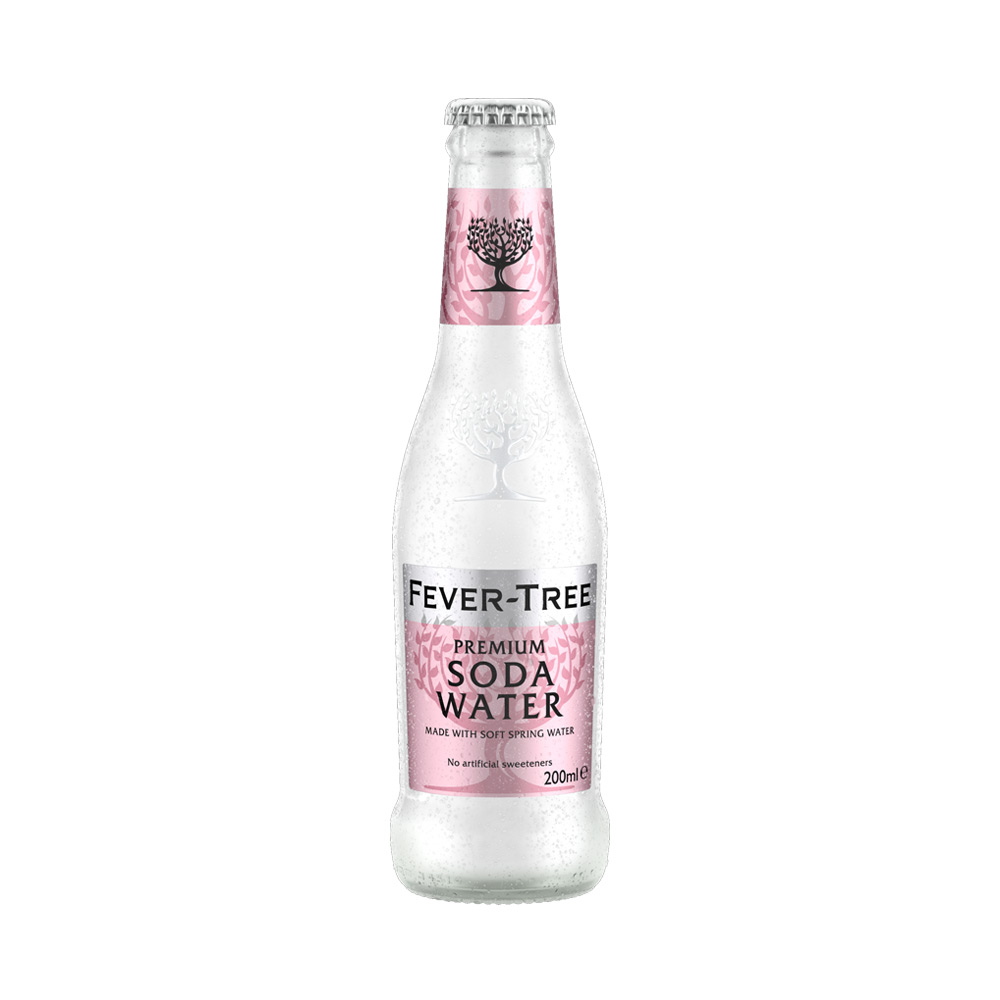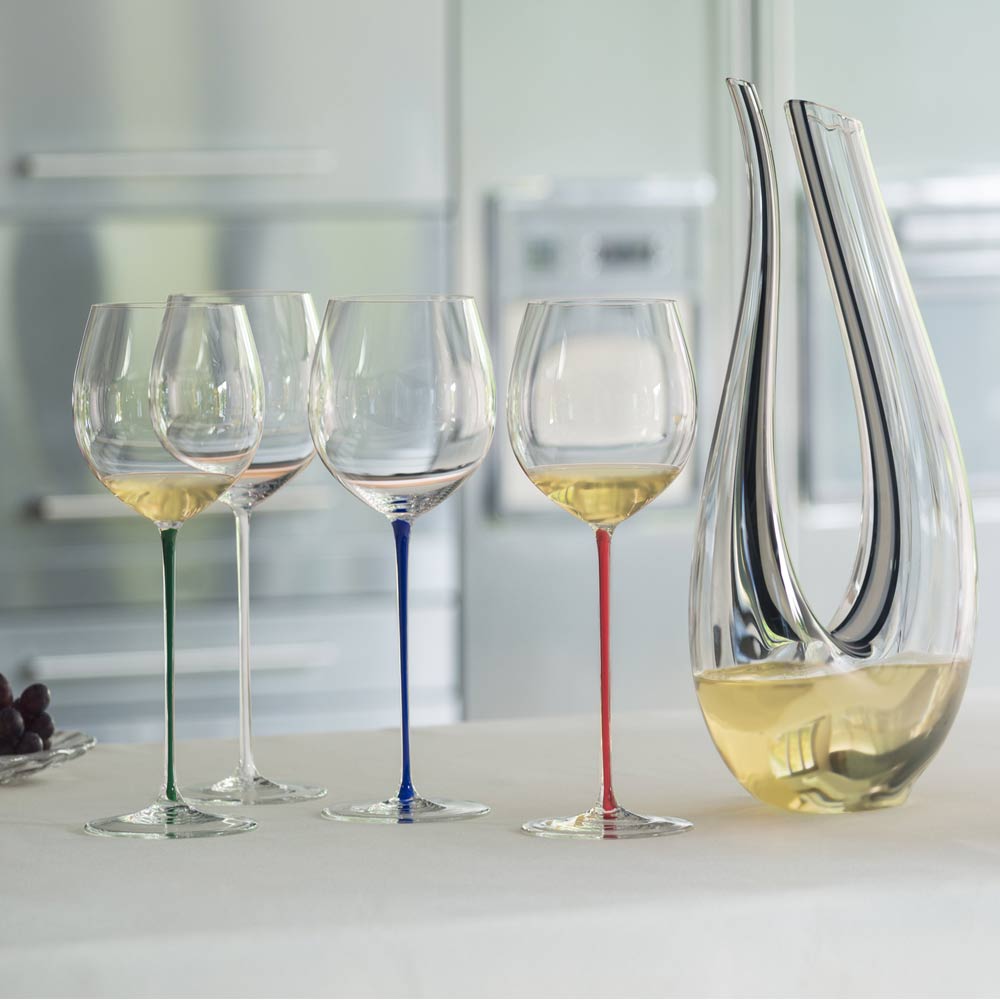Alcoholic drinks having high level of congeners (toxic chemicals like methanol, isopentanol and acetone) seem to intensify hangovers. Whisky, cognac and tequila have high level of congeners as opposed to colorless drinks like vodka, gin and rum.
Rum hangovers occur after too much consumption of it. Depending on the amount of rum ingested, the rum crapulence may last for few hours to few days. So, it is all about how much of it you think is too much!
Gold rums are mostly used in cocktails. Bacardi Gold is quite common ingredient in cocktails like Bacardi Gold & Cola, Banana Colada, Barbados Planter’s Punch, Bongo Cola, El Salvador, Galliano Daiquiri etc. Bacardi 8 is another option which can be used.
Cocktails like Goombay Smash #3 use Bacardi Gold as well as Bacardi Coco rums. Similarly, cocktail named Hustler uses gold rum and white rum. Captain Morgan, Bacardi Superior, Malibu etc. are other choices you can experiment with.
As long as the bottle’s seal isn’t compromised, the rum will be as good 20 years from now as it is today. After the bottle has been opened, its shelf life stays indefinite, however much depends upon the storage condition of the rum.
In the bars around the world, daiquiri is served frozen and comically large. Classic daiquiri has its roots to Cuba & it is a simple combination of just 3 parts – rum, lime & sugar – that is shaken and served. The rum that goes in it makes all the difference which means there is a lot of room for experimentation. Here are some of the rums you may try:
- Bacardi 8
- Cana Brava 3 Year
- Plantation 3 Star
- Plantation Pineapple
- El Dorado 3 Year
- Barbancourt White
- Banks 5 Island
A combination of coconut cream, fresh pineapple juice, piña colada rum & crushed ice results in an irresistible delicacy. It is essential to use the right kind of rum to create this masterpiece worth relishing. Here are the rums you can use in a piña colada:
- Bacardi Silver: The versatile, cost-effective & cocktail ready rum for piña colada.
- El Dorado 3 Year Rum: Smooth & well-rounded rum a favorite among bartenders & connoisseurs.
- Wray & Nephew: Strong taste of alcohol yet smooth enough for cocktail, its fruity aroma is fabulous addition to the piña colada.
- Bacardi Pineapple: Flavor of pineapple enhances the experience of the piña colada.
- Other options are Yolo Silver, Captain Morgan Coconut Rum, Jonah’s Curse Black Spiced, Largo Bay Silver etc.
Mojito is traditionally made with white rum, sugar, mint, lime & soda water making the drink equally fresh, effervescent, citrusy & delicious. Following is a list of best rums which are used in a mojito:
- Bacardi Superior
- Bacardi Carta Negra
- Gosling’s Gold Seal Rum
- Bayou Silver Rum
- Banks 5 Island Rum
- Mount Gay Silver Rum
- Malibu
- Cruzan
- Plantation 3 Stars
Creation of fermented drinks, produced from sugarcane juice, is believed to have first occurred in ancient India or China and spread from there. An example of early drink, called brum, was produced by Malay people. It dates back to thousands of years ago.
In 17th century, the first distillation of rum took place on the sugarcane plantations of the Caribbean islands. The slaves working there discovered that molasses, which is a by-product of sugar refining process, fermented into alcohol. This alcoholic by-products, when distilled, concentrated the alcohol and removed impurities, resulting in the first true rums.
Although both variants are correct and both will fetch you the same delicacy, if it comes from a country whose name has letter ‘e’ e.g. Ireland, then it is spelt WHISKEY. In all other cases, it goes as WHISKY.
There are many types. The prominent ones are:
-
- Irish Whisky
- Scotch Whisky
- Japanese Whisky
- Bourbon Whisky
- Single Malt Whisky
- Blended Whisky
- Canadian Whisky
- Tennessee Whisky
- Rye Whiskey
The difference lies in their filtration/distillation method, the ingredients that go in their making and also, the location where they are made.
The scotch is made in Scotland from malted barley. It has to be aged in oak barrels for at least 3 years. Also, every bottle has an age statement which indicates the youngest aged whisky used to make that particular blend.
Distilled from corn, bourbon should have at least 51% corn to be called so. It is commonly made in Kentucky, the eastern state of USA. It is aged in a new oak barrel without any minimum aging period. It should be bottled at 80 proof or more.
Tennessee whiskey is technically classified as bourbon, but it requires to be filtered by Lincoln County Process where it is filtered through sugar-maple charcoal. This process imparts a sweet taste to it. It can only be made in entirely new oak barrels.
Scotch is produced in 6 main regions of Scotland. These are Lowlands, Speyside, Highlands, Campbeltown, Islay and Islands.
Simply stated, scotch whisky is the one that has been distilled, aged and bottled in Scotland. It is made from malted barley and allowed to age for a minimum of 3 years.
Scotch whisky has 6 categories:
- Single Malt: Distilled on copper stills, blended from a single distillery and allowed to age for at least 3 years with an ABV of over 40%.
- Blend: A combination of at least one single malt and one or more single grain whiskies from different distilleries.
- Blended Malt: Just a mixture of single malts distilled at more than one distillery.
- Single Grain: As the name suggests, it is made from barley or other grains distilled at one distillery.
- Blended Grain: Same as single grain above, except for the mixture of more than one grain making it a multi-grain whisky.
- Single Cask Single Malt: This is bottled from ONE cask of whisky distilled at ONE distillery and aged till ripe for bottling.
A bottle of whisky that has been properly stored (upright, away from sunlight and varying temperatures) definitely lasts long. Once opened, it has a shelf life of between 6 months to 2 years. As the bottle is opened time and again, its alcohol evaporates and whisky becomes smoother. The air inside the bottle slowly alters the flavor over time. The taste can change for the better or for the worse; it can’t be predicted.
Whisky is produced by distillation through a batch process in pot stills. It is commonly produced in Scotland, Ireland, Canada, Japan & the USA.
A whisky blend is any whisky made up of one or more single malt whiskies from one or more distilleries which has been combined with one or more grain whiskies. Less commonly, it can also be a combination of more than one single malt without addition of grain whisky or even blended grain whisky.
There is no fixed way to enjoy it although the purists like to relish it neat or sometimes mixing it with Highland Spring water to evoke more flavors. You can enjoy it with soda water or just on the rocks. There are certainly some awesome cocktails around like Old Fashioned or the Whisky Sour. All for you to experiment & explore!
Scotch in itself is good enough, whichever it is. It is not the number of years spent in the cask which determine its goodness. The flavor in the end result is what matters. To be called a scotch legally, it must be aged for at least 3 years.
Keep it away from sunlight in a cool and dry place. Once it is bottled, it will always be the same age. The temperature around the scotch should be consistent so as not to adversely alter its flavor. An unopened bottle that has been stored upright in the right conditions will definitely last long.
It is generally regarded that vodka originated as early as 8th or 9th century in either Poland or Russia. The name ‘vodka’ means ‘water’ in Russian language. Irrespective of when or where it originated, it was present in Russia during 14th century.
Vodka can be made in any country today. Its main producers are Russia, the USA, Poland, Ukraine, Sweden, France & Netherlands.
It can be made from practically anything which can be fermented to make alcohol but it is chiefly produced from potatoes, sugar beet molasses and cereal grains. Every ingredient substantially influences the flavor of resultant vodka.
Although the subtle sweetness of the corn and wheat vodkas makes them valuable, potato vodka is very neutral in taste making it ideal for mixed drinks. Some of the brands that use potatoes to make vodka are as follows:
- Karlson’s Gold Vodka (Swedish)
- Claremont Vodka (the USA)
- Vesica Vodka (Polish)
- Woody Creek Colorado Vodka (the USA)
- Luksusowa Vodka (Russian)
- Chopin Vodka (Polish)
- Vikingfjord Vodka (Norwegian)
Pinnacle of perfection for vodka-makers? Here is a list of the best vodka brands:
- Stolichnaya Red, Gold, Elit or Blue Label (Russia)
- 42 Below (New Zealand)
- Smirnoff (Russia)
- Ketel One Vodka (Holland)
- Grey Goose (France)
- Absolut (Sweden)
- Belvedere (Poland)
- Chopin Vodka (Poland)
- Chase Vodka (England)
- Zyr (Russia)
- Winter Palace (France)
- Ciroc (France)
This is important! A gluten intolerance must not hinder your indulgence in this delicacy. If you have an allergy or suffer from celiac disease, it is natural that you research the ingredients of everything you consume. Here is a list of gluten-free vodkas:
- Tito’s Handmade Vodka (distilled entirely from corn mash)
- Crystal Head Vodka (distilled from a blend of peaches and cream corn)
- Ciroc Vodka (distilled from grapes)
- Grey Goose (extensive distillation of wheat eliminates all traces of gluten; use your own judgment)
- Cold River Vodka (distilled from potato)
- Luksusowa Red Label (distilled from potato)
- Crop Artisanal Vodka (made from USDA certified American corn)
Generally, companies (like Absolut) recommend consuming the vodka within 2 years of purchasing it. An unopened bottle of vodka shall stay the same flavor-wise many years, however that is not what it is made for! Once any liquor bottle is opened, its alcohol starts evaporating over time which alters the taste of it. Vodka, once its bottle is opened, should be consumed within 8 months.
Tequila is produced primarily in the western Mexican state of Jalisco, from the blue weber agave plant that matures after a minimum of 8 years. The 100 pounds of heart of the agave plant, commonly known as pina, is cut out of the blue weber agave & then steam-cooked to prepare the starches in the pina for fermentation.
Tequila is actually pot-distilled allowing more congeners to add flavor to the spirit. Tequila is generally distilled at least twice. After the tequila has been distilled to the desired strength, it is either bottled (for a blanco/joven) or aged for a period of time in any variety of wooden barrel or cask.
Gold tequila is often used for shots. Its slightly sweet taste (due to additives or brief aging) is less harsh than fresh tequila. However, you must know that in many cases, the golden color of tequila is a result of caramel coloring added to agave juices before fermentation in order to impart to it a more ‘refined’ look. Do check the ingredients on the bottle if it doesn’t say 100% agave.
Silver tequila (Reposado) is generally used for creating cocktails. Reposado also means ‘rested’; it is aged between 2 months to 1 year. Here are few tequilas for cocktails:
- Casamigos Tequila
- Don Julio
- 1800 Tequila Silver
- Sauza Silver
- Milagro Tequila’s Select Barrel Reserve Añejo Tequila
- Tezon reposado Tequila
Just as some experiences gel better with tequila, some tequila meshes with margarita mix or lime juice a little more smoothly. Some tequilas for perfect margarita mix are as follows:
- Patron Silver: notes of fruit and agave makes it pair well with any margarita mix; a true crowd puller.
- Herradura Tequila Silver: another safe bet with a margarita mix, rich enough to be drunk on the rocks. Its citrus, red pepper & mint flavors are highlighted when paired with triple sec and lime.
- Casa Noble Crystal: Its honey notes cut through margarita’s citrus making it a complex yet splendid mix.
- 1800 Tequila Silver: Its notes of citrus and pepper smoothly mix with almost any cocktail.
- Casa Dragones Blanco: With hints of clove & mint, it pairs well with a margarita that is not too sweet or citrusy.
Whether you are an actual fan of the Mexican spirit or wade your way through the ritual with a grimace, tequila actually has some health benefits.
The blue weber agave plant contains substance which enhance the absorption of calcium and magnesium in the body. It is good for the bones.
Those who train hard in gym, prefer taking tequila afterward, instead of beer or wine, because it has lesser calories per shot.
It aids in digestion as well and supports the growth of microorganisms in the intestines.
Buy a tequila that states ‘100% agave’ on the bottle. Don Julio Blanco, Patron Silver, Milagro Reposado, Casamigos Reposado, Olmeca Altos Anejo, Mezcals etc. are some really good tequilas to try.
Tequila is most commonly aged in American whiskey barrels, which have been used only once. Any type of oak can be used. New barrels are used, as are French, Canadian, and Hungarian oak. Barrel aging imparts color, aroma and flavor, while allowing the tequila to ‘breathe’ and soften with time.
Tequila sunrise is a mixture of 3 ingredients – tequila, grenadine and orange juice. You can use any of the top brands of tequila for this cocktail e.g. Don Julio Anejo, Patron Reposado, Tezon Reposado etc.
Some of the best tequilas are listed ahead:
- Casamigos Blanco
- Patron Silver
- Jose Cuervo Especial Gold
- Don Julio 1942
- Milagro Reposado
- Avion






